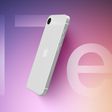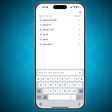The iOS 26 public beta release is quickly approaching, while developers have recently gotten their hands on a third round of betas that has seen Apple continue to tweak features, design, and functionality.

We're also continuing to hear rumors about the iPhone 17 lineup that is now just about right around the corner, while Apple's latest big-budget film appears to be taking off, so read on below for all the details on these stories and more!
Here's How the iPhone 17 Pro Max Will Compare to the iPhone 17 Pro
We're just a couple of months away from the unveiling of the iPhone 17 lineup, and while the Pro model and its Pro Max sibling will differ in display size and battery life as usual, it's looking like the Pro Max model might get a bit thicker this year.

Those Pro and Pro Max models will also reportedly be shifting back to an aluminum chassis similar to that used on non-Pro models, after a number of years of using more premium stainless steel and later titanium.
Recent rumors also indicate that the Apple logo will shift lower on the rear casings of the Pro models due to the large camera bumps, and recent renders from leaker Majin Bu illustrate how this may look with revised MagSafe rings on clear cases.
And if the changes coming in the iPhone 17 Pro models aren't enough to get you in the mood for an upgrade, check out our list of five reasons why you might want to wait until the next update.
Everything New in iOS 26 Beta 3
Apple is continuing to refine and update iOS 26, and the third developer beta released this week features smaller changes than we saw in beta 2, plus further tweaks to the Liquid Glass design. Apple is gearing up for the next phase of beta testing, and the company has promised that a public beta is set to come out in July.

The continued refinement of the Liquid Glass aesthetic is certainly generating controversy, with some users appreciating greater readability that has resulted from toning some elements of the design down, while others are disappointed at the rollback from a true Liquid Glass to what some are calling more of a Frosted Glass look.
iOS 26: What's Changed With the iPhone's Home Screen
The Home Screen is a core part of the iPhone experience, and iOS 26 is bringing some interesting changes to this aspect that nearly every user interacts with on a regular basis.

Beyond the basic Liquid Glass design, wallpaper choices take advantage of the new aesthetic to more thoroughly theme the experience as you can see through more of the user interface elements. Apple has also made some enhancements to various app icon options for Light, Dark, and Tinted, which are joined by the new Clear option if you want to go for the full glass look.
Apple's $350 Million Gamble on 'F1' Is Starting to Pay Off
Apple's latest original film, "F1: The Movie," has become the company's highest-grossing theatrical release to date, earning over $293 million globally within ten days of release, according to industry estimates.

Apple has been marketing the heck out of the Brad Pitt film, and the company is reportedly now looking to potentially ride that momentum to bid on streaming rights for Formula 1 racing in the United States.
Here's Which Vehicles Offer iPhone Car Keys
In 2020, Apple added a digital car key feature to its Wallet app, allowing users to lock, unlock, and start a compatible vehicle with an iPhone or Apple Watch. The feature is currently offered by select automakers, including Audi, BMW, Hyundai, Kia, Genesis, Mercedes-Benz, Volvo, and a handful of others, and it is set to expand further.

Apple has a web page with a list of vehicle models that support iPhone car keys, but it has not been updated in a while, so it is missing some recent additions and we've put together a more complete list of vehicles where the handy feature is available.
MacRumors Newsletter
Each week, we publish an email newsletter like this highlighting the top Apple stories, making it a great way to get a bite-sized recap of the week hitting all of the major topics we've covered and tying together related stories for a big-picture view.
So if you want to have top stories like the above recap delivered to your email inbox each week, subscribe to our newsletter!










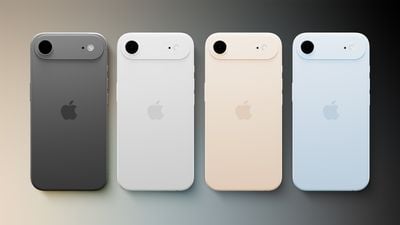








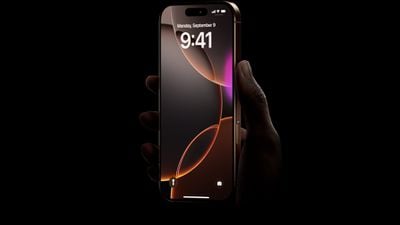















 Studio Display from the early 2000s
Studio Display from the early 2000s












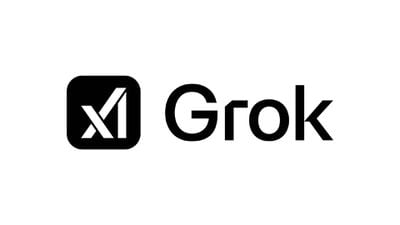



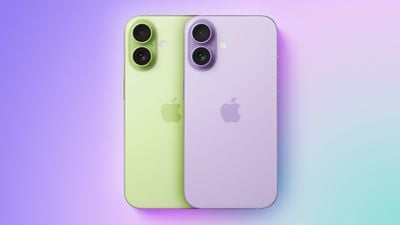 The iPhone 17's potential green and purple finishes.
The iPhone 17's potential green and purple finishes.








